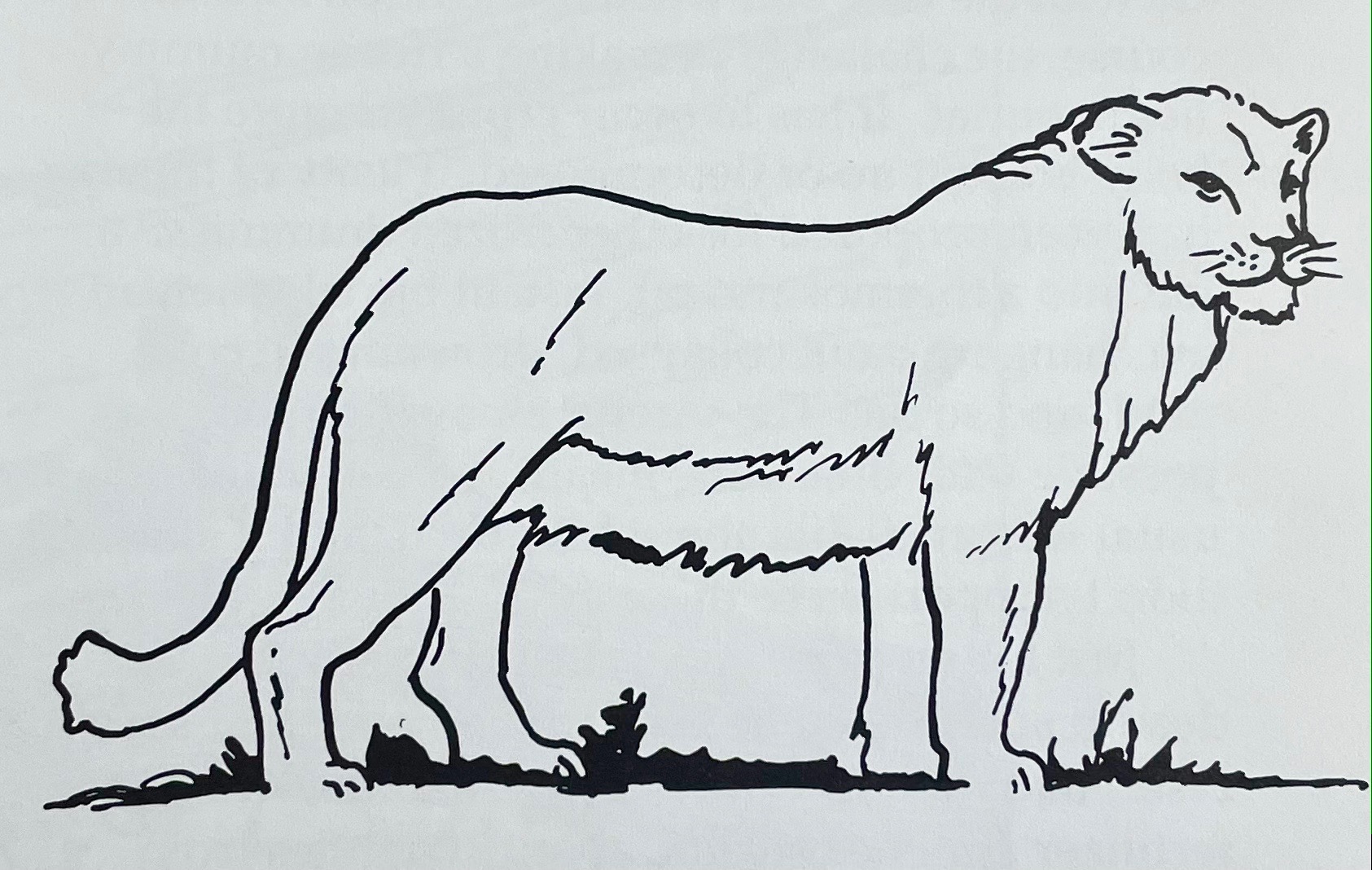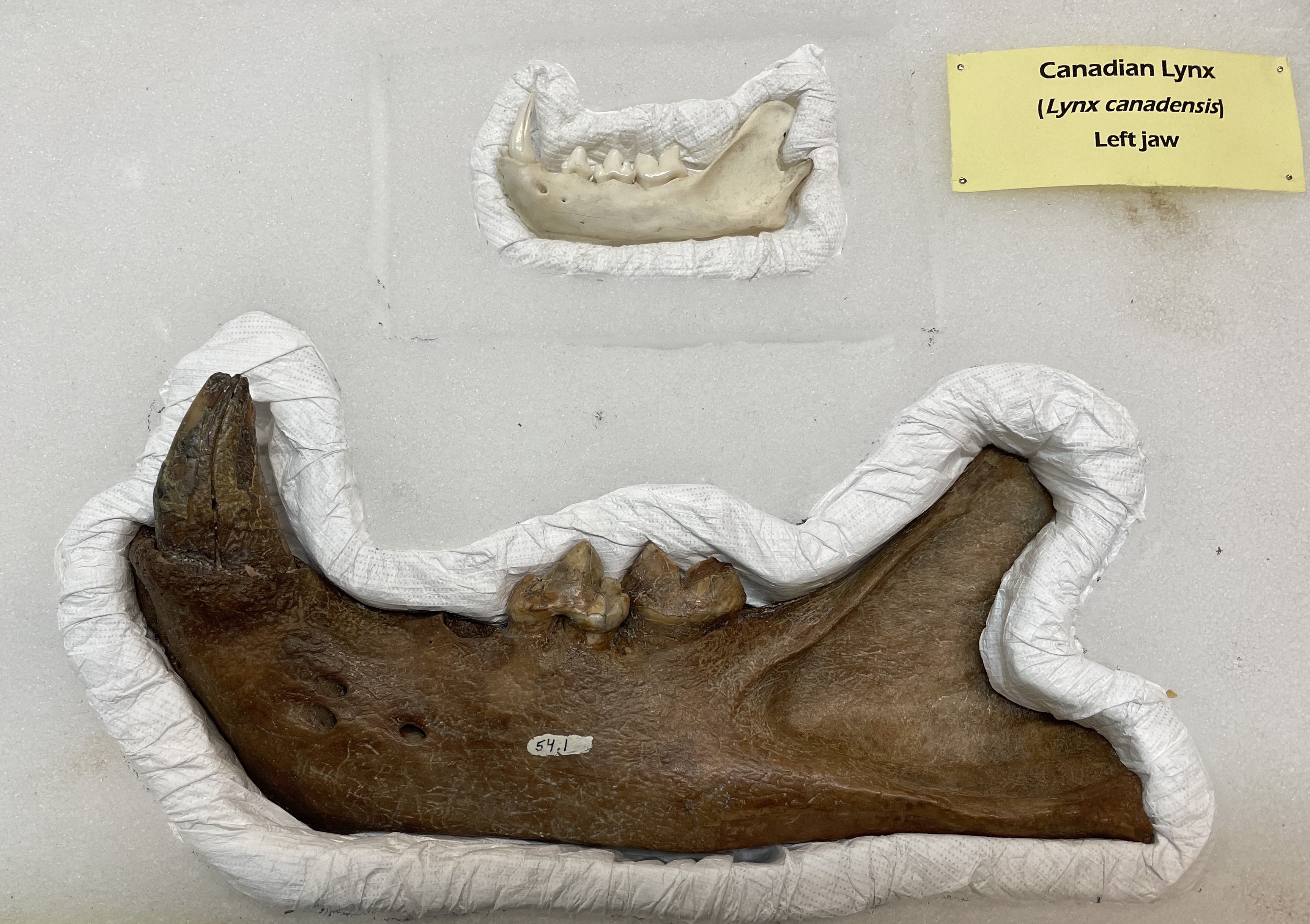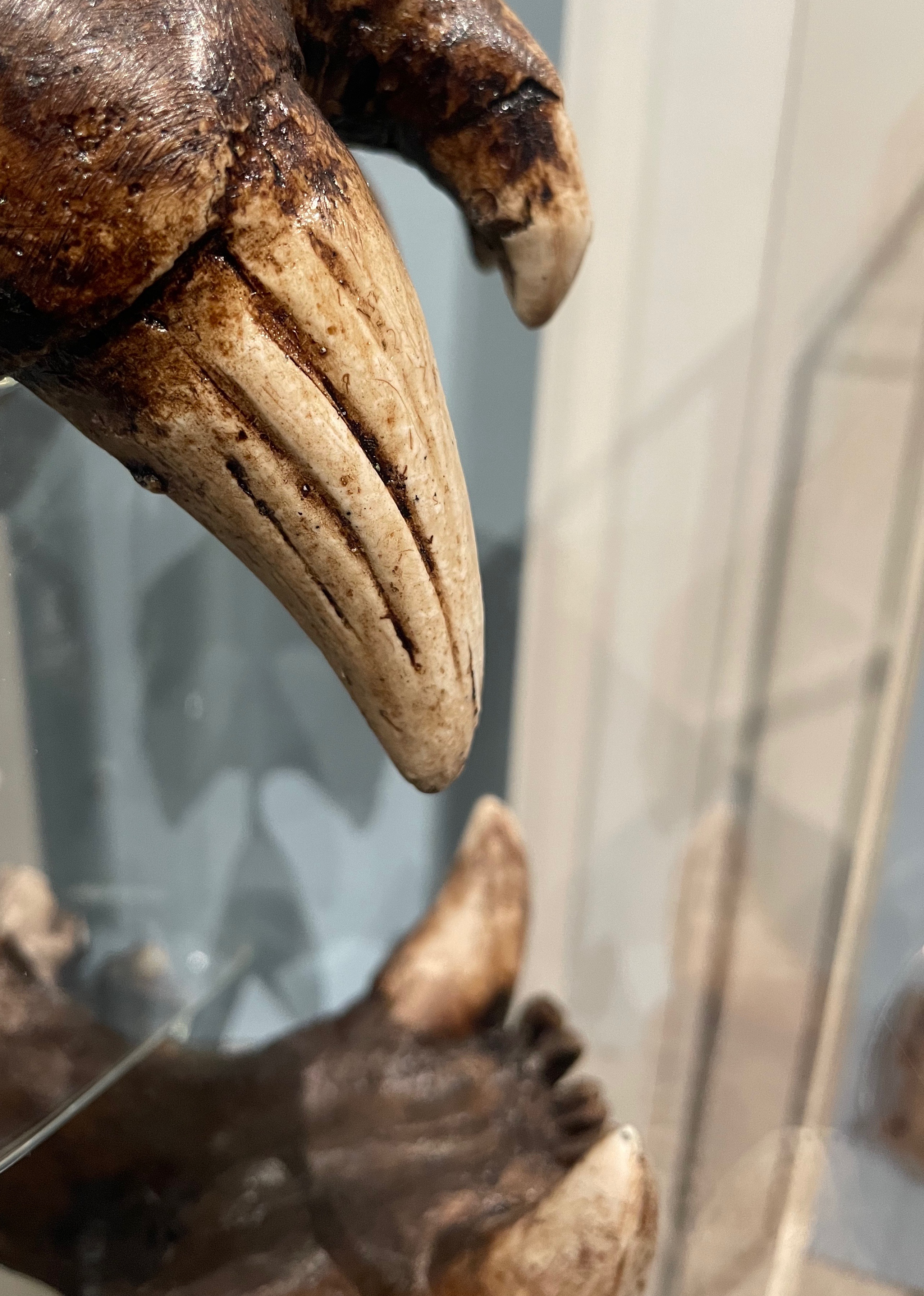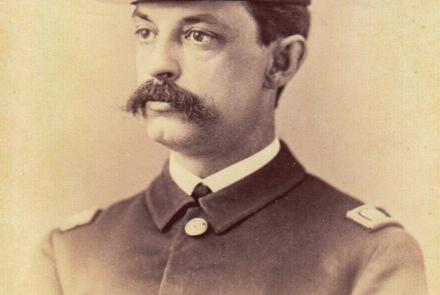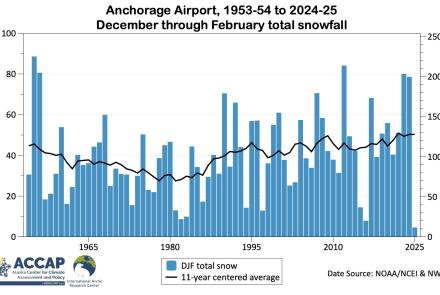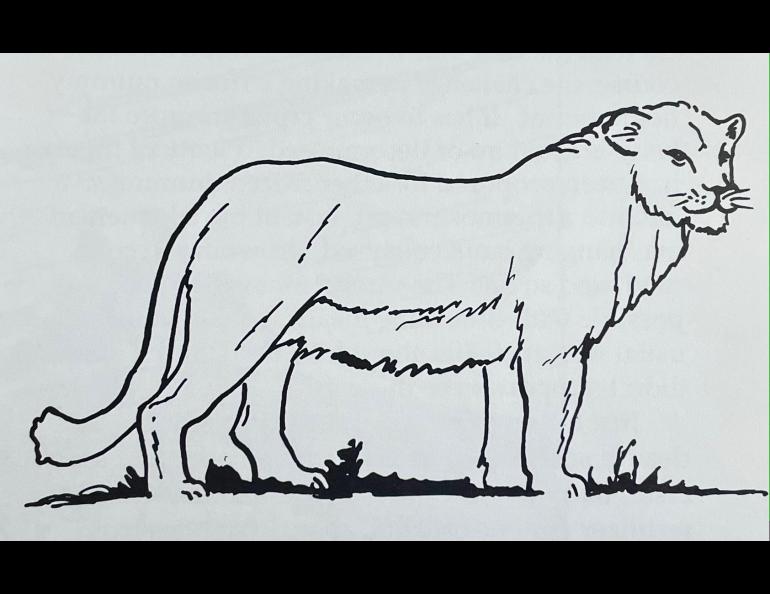
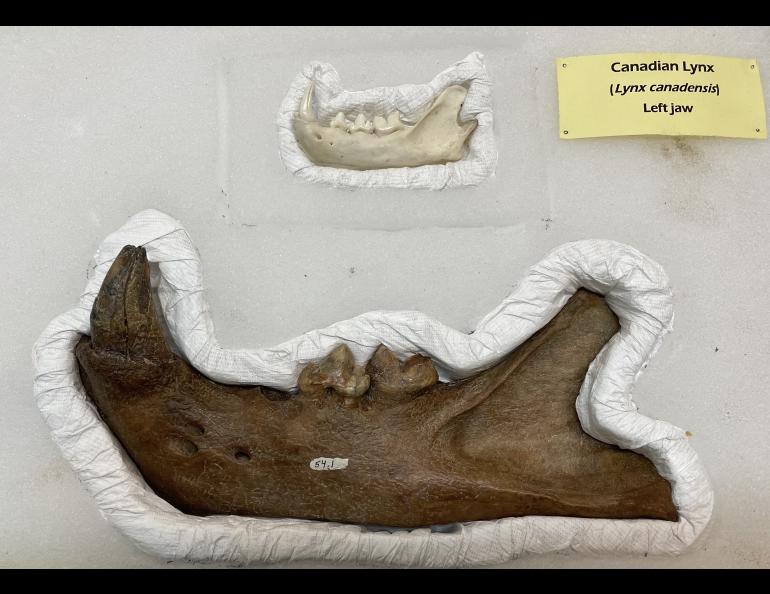
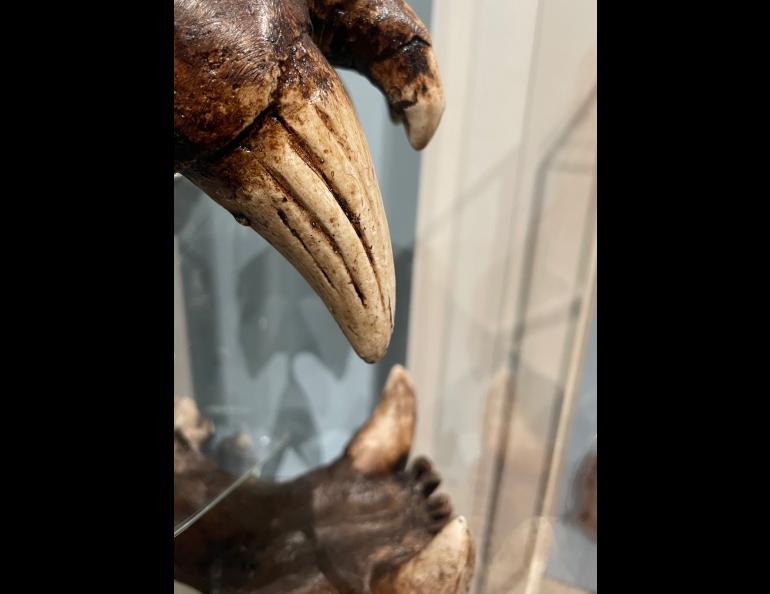
The lion that walked through your yard
Grizzly and black bears remind humans that we are not at the top of the food chain in Alaska. Ancient Alaskans shared the grasslands with possibly an even more terrifying predator — the American lion.
American lions — about the size of African lions today — stalked the hills and valleys of Alaska until about 13,000 years ago. The big cats migrated here over the Bering Land Bridge and thrived in the far north and most of the Lower 48 for many centuries.
“The lions are pretty amazing,” said Pam Groves, who has found many bones of extinct animals in extreme northern riverbeds, but only 20 that belonged to American lions. “Most folks have no idea they ever lived in Alaska.”
Groves, a biologist with the University of Alaska Fairbanks’ Institute of Arctic Biology, has with her partner Dan Mann recovered thousands of ice-age mammal bones from northern Alaska. Those hardened remains now reside in the UA Museum of the North.
Most of those bones belonged to horses that roamed the grasslands of Beringia before rising sea levels cleaved Alaska from Siberia. Groves thinks that American lions preferred horses as their main prey.
The lions that prowled ice-age Alaska ate other things, too. When UAF’s Dale Guthrie examined the thawed, ancient carcass of a steppe bison recovered from a Fairbanks gold miner’s hillside, he found claw marks and distinctive wounds on “Blue Babe’s” rear flank.
“Dale found pairs of round punctures, three-and-a-half inches apart. The spacing of these punctures matched exactly with the incisors of an Alaska Pleistocene lion skull in the museum collections,” wrote Dale’s wife Mary Lee Guthrie in Blue Babe: The Story of a Steppe Bison Mummy from Ice Age Alaska.
A broken lion tooth was also embedded in the leathery hide that now resides in the UA Museum of the North, suggesting the bison’s carcass froze before a group of lions could finish eating it.
Meltwater carried silt that then buried the body, which itself became permafrost (defined as ground material that has remained frozen through the heat of at least two summers). That allowed the lion-killed bison — its flesh inaccessible to lions and microbes and flies — to endure for many thousands of years.
American lions may have lacked the luxurious manes of those prowling game-rich areas of Africa today. In drawings of Pleistocene lions in France’s Chauvet Cave, artists drew lions with no manes.
Lions overlapped with the first people to live in Alaska for perhaps 1,000 years. Hearing a lion’s roar as darkness fell on an autumn night must have been a thrill. But the giant cats might have also been a food source for people always searching for their next meal.
“Perhaps people were the main predators of cave and American lions (or vice versa!),” wrote the late researcher Dick Harington for the Yukon Beringia Interpretive Centre in Whitehorse, Yukon. “Bones of American lions in an archaeological site at Jaguar Cave, Idaho, suggest that (ancient people) may have hunted or eaten them about 10,300 years ago.”
The end of American lions in Alaska may have been due to changes that also doomed other creatures, including the wooly mammoth. At the end of the ice age, the grasslands of Alaska transitioned to peatlands that did not feed grazers such as horses or bison. The lack of prey didn’t help the farthest-north lions, nor the people that shared their territory.

